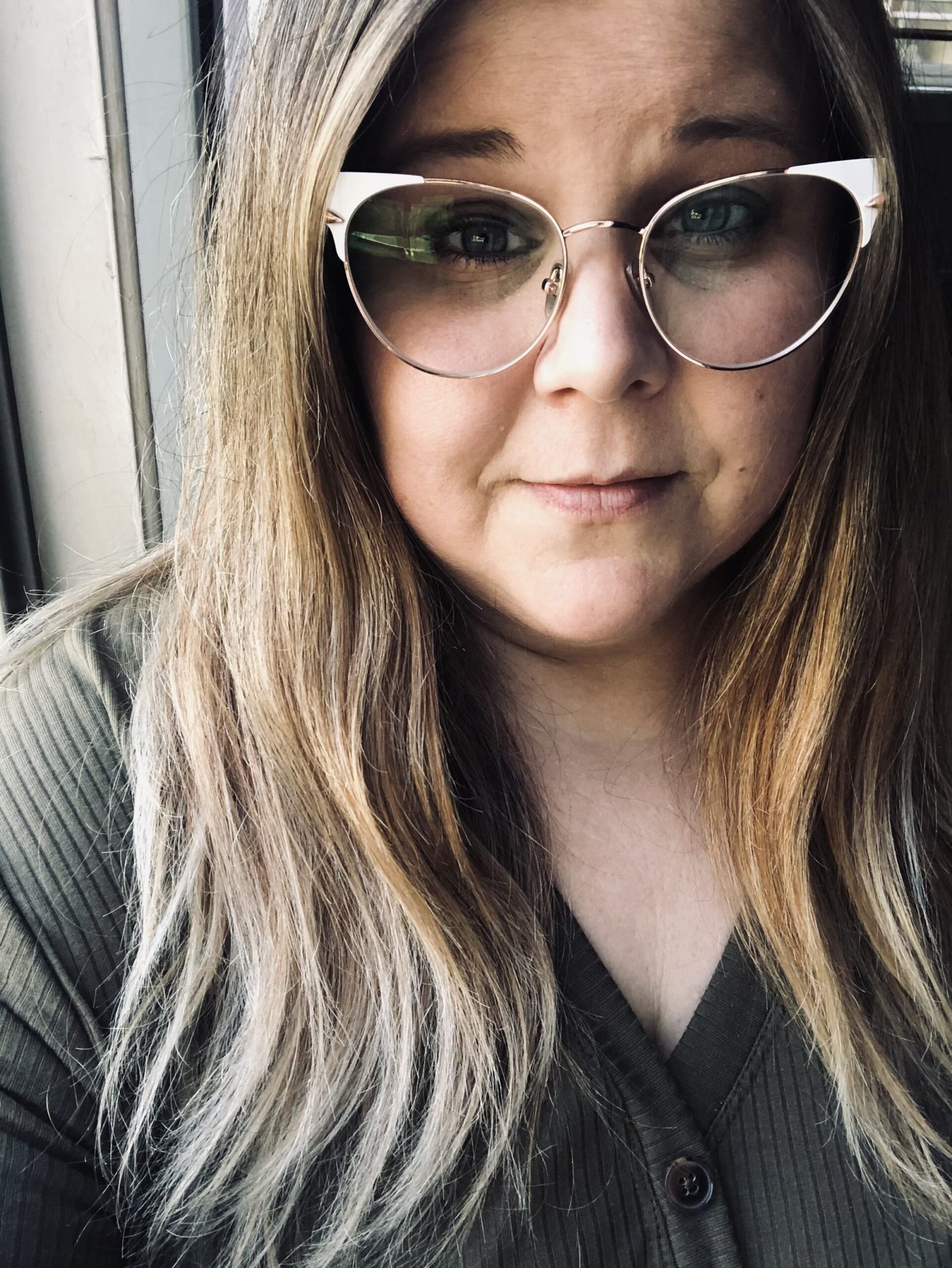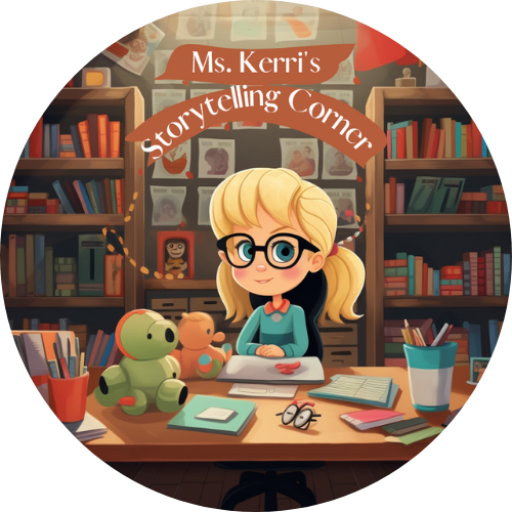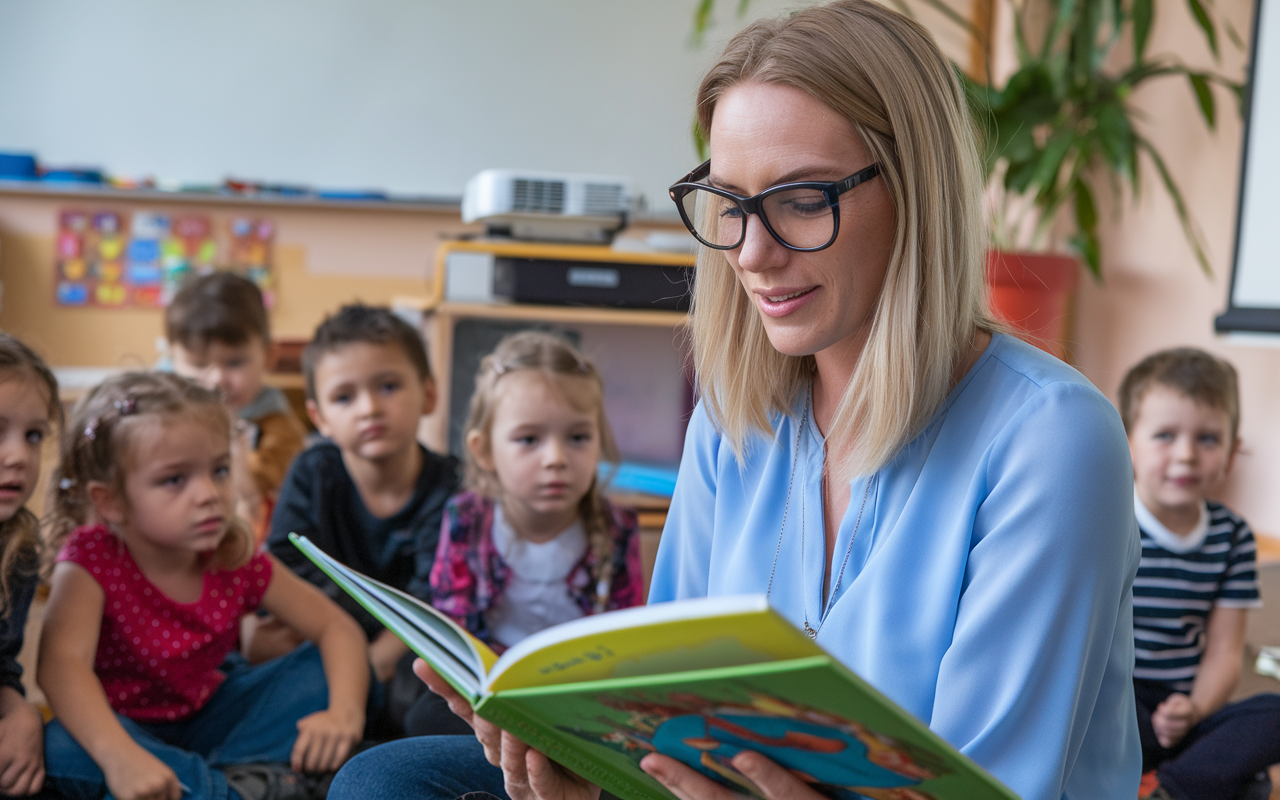There I was, holding up yet another flashcard. “What sound does B make?” Twenty-two little voices chimed back “/b/!” in perfect unison. We’d been teaching letter sounds for weeks, and my kindergarteners had them down pat. So why did they look at me like deer in headlights when I opened “Where the Wild Things Are” and asked them to find words that started with B?
Something wasn’t clicking, and honestly, it was driving me nuts.
When the Lightbulb Finally Went On
I’d been teaching kindergarten for three years, dutifully following our phonics curriculum. Teaching letter sounds in isolation, practice the letters, test their knowledge. Rinse and repeat. But I kept noticing this weird disconnect—kids who could rattle off every letter sound couldn’t tell me why Max sailed to where the wild things are.
The wake-up call came during parent conferences last October. Sarah’s mom looked exhausted. “She used to beg me to read to her every night. Now she says reading is boring. What happened?”

That hit me right in the gut. I realized I’d been so focused on teaching kids HOW to read that I’d forgotten to show them WHY they’d want to.
Flipping Everything Upside Down
That weekend, I did something crazy. I threw out my lesson plans and started over. Instead of teaching letter sounds in isolation first, I decided to start with stories—real, engaging, can’t-put-it-down stories. Then I’d sneak the phonics in through the back door.
Here’s what I tried:
Week One: Get Them Hooked I pick a fantastic picture book and we read it over and over. We act out scenes, predict what happens next, and talk about why characters make certain choices. No worksheets. No letter hunting. Just pure story enjoyment.
Week Two: Become Detectives Now that they’re obsessed with the story, we go back and hunt for interesting words. Instead of learning that S says /s/ in some random worksheet, we find it in “scary” when we’re talking about the monster in our book. Suddenly that sound matters because it’s part of their favorite character.
Week Three: Make Our Own Magic We write our own stories together. As we’re creating, phonics questions come up naturally. “How do we spell ‘running’?” becomes a real problem to solve, not just an exercise.
Beyond Traditional Teaching Letter Sounds
Let me give you a real example. Last month, instead of starting our community helpers unit with letter F flashcards, I read “Firefighters to the Rescue!” My kids were completely absorbed—they wanted to know everything about ladder trucks and fire hoses.
Three days later, when I asked them to hunt for words that started like “firefighter,” hands shot up everywhere. They found “fast,” “family,” and “first” with genuine excitement. These weren’t random vocabulary words anymore—they were connected to something they cared about.
During our writing time, when Marcus asked how to spell “flame” for his firefighter story, the phonics lesson happened organically. He needed that information right then, for his own purposes.
The Difference It Made
I’m not going to lie—I was nervous about this experiment. But after a full year, the results have been incredible:
My reading block went from the part of the day I dreaded to the one my kids ask about constantly. Their comprehension shot through the roof because they actually understood that reading is about meaning, not just sounds. Their writing became so much more creative—suddenly, they had all these rich story structures in their heads to draw from.
And here’s the kicker: their phonics scores stayed just as strong. They were learning the same skills, just in context that made sense to them.

Dealing with the Pushback
I know what you’re thinking. What about test scores? What will your principal say? What about parents who expect their kids to come home reciting the alphabet?
Here’s what I learned: when kids understand phonics in context, they actually apply it better. They’re not just memorizing sounds—they’re using them as tools to unlock stories they want to read.
I explain to parents that we’re building both the mechanics AND the love of reading. I show them how their child can discuss complex themes while also demonstrating solid phonetic knowledge.
With administrators, I emphasize that this approach doesn’t skip phonics—it makes it meaningful. We hit all the same standards, just in ways that stick better in five-year-old brains.
What I Wish I’d Known Sooner
Looking back, I realize I had it backwards. I was asking kids to care about technical skills before showing them the magic those skills unlock. Now I lead with wonder, and everything else follows.
Last week, Sarah’s mom stopped me in the hallway. “She’s writing stories at home now. Little books with pictures and everything. Thank you for giving her back her love of reading.”
That’s when I knew I’d figured it out. Sarah wasn’t just learning to read—she was becoming a reader. And honestly, that makes all the difference in the world.


Ms. Kerri’s Corner provides a exciting virtual space for preschool learning. Through a variety of engaging activities, she exposes young minds to early math, literacy, science and social-emotional skills in a developmentally appropriate way. Centers for blocks, art, books and music allow children to explore hands-on learning at their own pace. Guided lessons subtly introduce number sense, letter sounds and narrative thinking. Careful observation gives insight into each child’s progress across domains. Viewers are also invited to participate, reinforcing that their ideas are valued. By making learning fun yet purposeful, Ms. Kerri lays the groundwork for future academic success while fostering creativity and imagination. Her program offers preschoolers valuable screen-based learning experiences.




